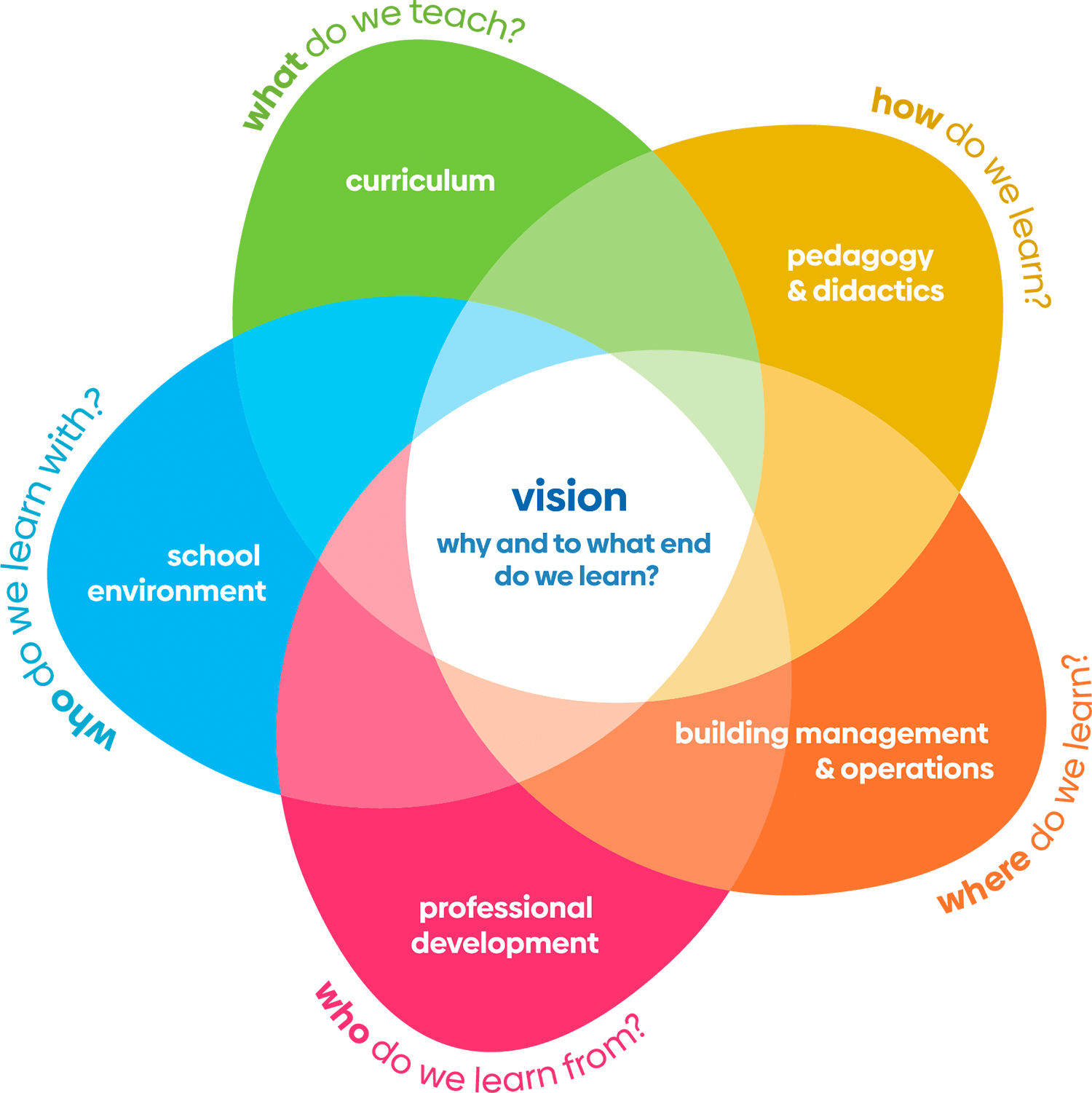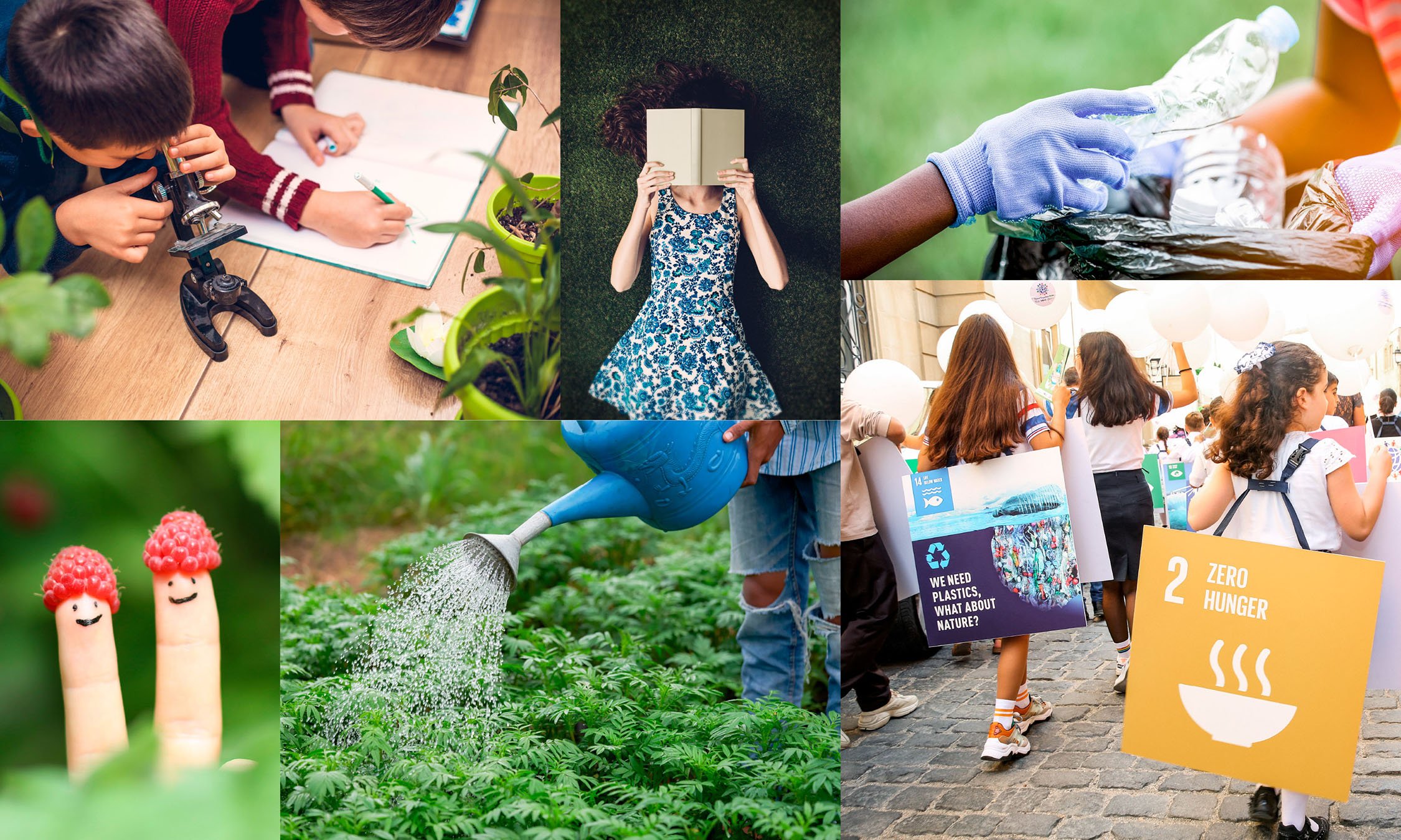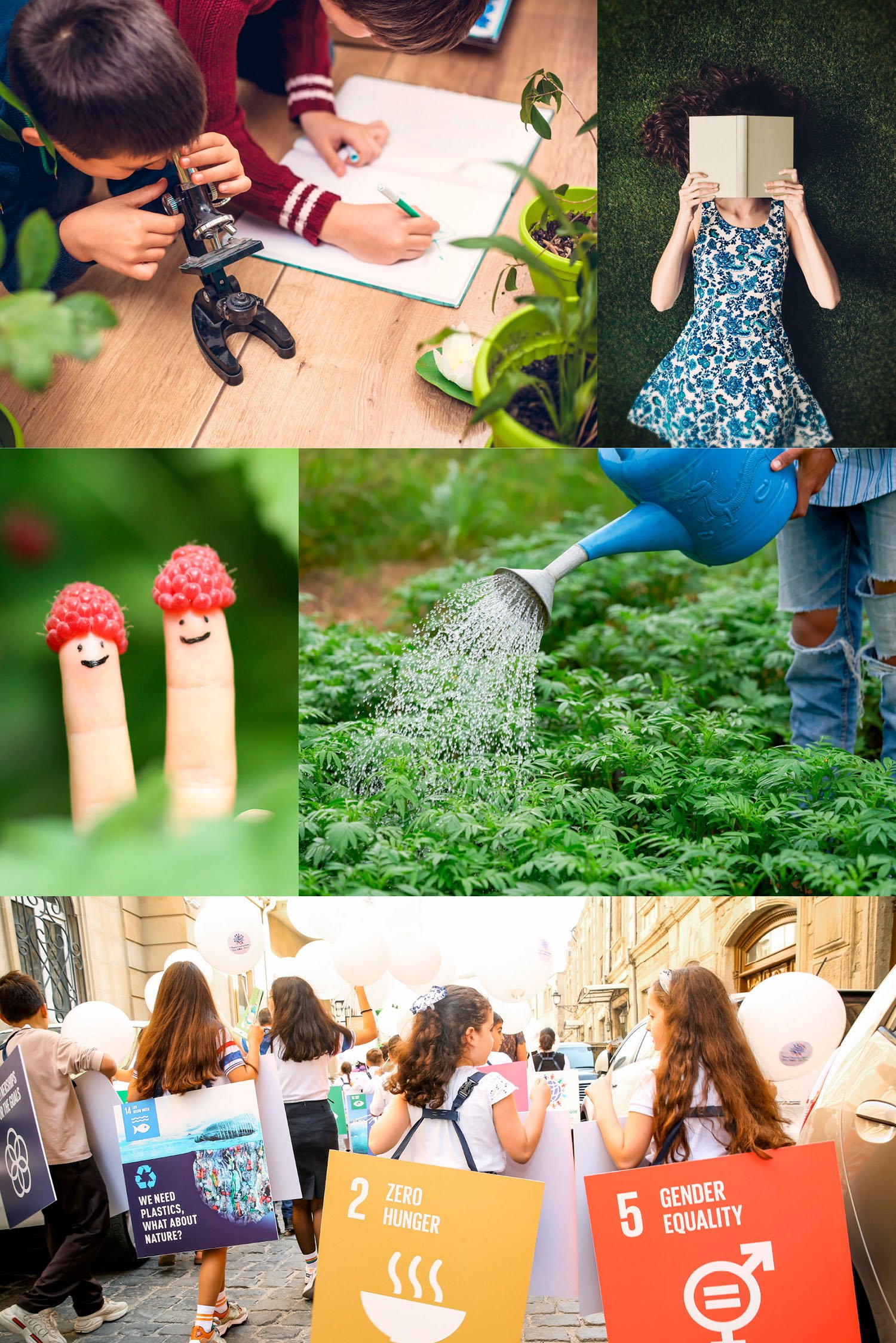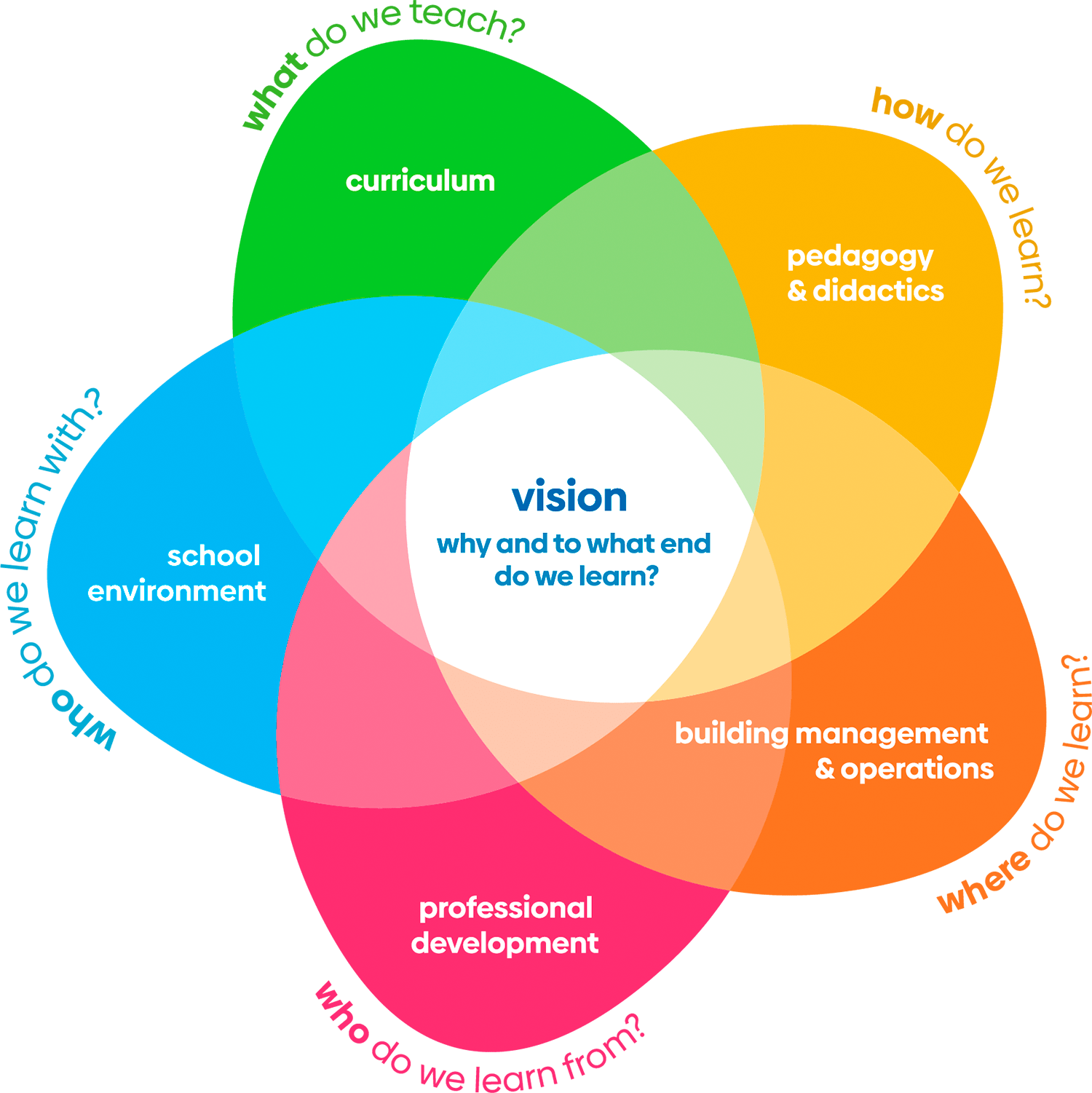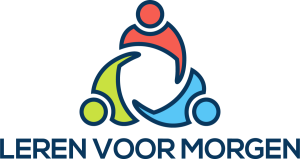Introduction
All around the world, awareness about the challenges we’re facing in the 21st century grows. Students, businesses and governments take action at the local, national and international level to help solve complex issues by changing the way they care for people and the planet. We strive to build a fundamentally sustainable society, a circular economy and, ultimately, a thriving world.
In the face of these challenges, educators are searching for new ways to promote learning for sustainable development. What does it mean to think and act sustainably? How can we embed this way of learning in our education in a structural and systemic way?
To answer these questions, a group of experts and education professionals from different backgrounds developed this framework for a Whole School Approach (WSA) to sustainable development. The WSA is an integrated approach in which all educational processes that influence learning are addressed. Alignment and mutual coordination of these processes stimulates educators to systematically promote learning for and working towards solutions for the wicked problems we are facing.
The UN's seventeen Sustainable Development Goals (SDG’s) provide a clear image of the complex and interrelated issues of our time. The SDGs were adopted by the United Nations in 2015 as a set of targets to be solved by 2030. These goals have since been implemented in national and international policy. However, if we want to achieve the SDGs, we as citizens and professionals must learn to contribute at a regional level as well.
The Whole School Approach supports schools to embed the principles of Education for Sustainable Development (ESD) for 2030 in a fundamental way
The WSA supports schools to embed the principles of Education for Sustainable Development (ESD) for 2030 in a fundamental way, with attention for vision, curriculum, pedagogy and didactics, and school management. It also supports education professionals to reflect on their own learning needs and collaborate with regional stakeholders. The WSA can be used for all levels of education, from elementary school to university.
In addition to explaining what the WSA is and how it can be used, the purpose of this framework is to offer a shared vocabulary to discuss the structural embedding of ESD. We, the authors, therefore view this text as a working document. Over time, we will continue to develop the WSA based on the insights of its users.
Finally, it is worth noting that the Dutch cooperation Leren voor Morgen, SPARK the Movement and numerous other organisations in the Netherlands have already started to develop additional tools for the implementation of the WSA, based on the framework presented in this document. We’re kindly inviting you to contact us, in case you have questions or if you want to contribute!
Floor Coonen, Anne Remmerswaal, Anna Vanderveen, Gerben de Vries , André de Hamer, Jan Willem Goes, John Steins and Heleentje Swart
What is the WSA?
The Whole School Approach to Sustainable Development is a framework that supports schools in giving shape to education for a sustainable future, in consultation with all stakeholders and interested parties in and around the school. The WSA helps to integrate sustainability issues structurally and coherently into the school organization.
The WSA is represented in the image of a flower. The petals of this flower represent the various educational processes of the school that affect learning. These are: curriculum, pedagogy and didactics, professional development, building management and operations and school environment. These processes or domains connect at the heart of the flower, which represents the school's vision on education for sustainable development. The WSA focusses on realization of the UN Sustainable Development Goals (SDGs).
Why is the WSA needed?
The WSA helps to embed sustainable development in all educational processes that affect learning. This holistic approach creates a nurturing environment for pupils and students to learn to think and act sustainably. Attention to sustainable development becomes the default for learning. The school thus lays the foundation for a sustainable attitude and lifestyle.
The WSA helps stakeholders within and around schools to ask the right questions, together - students, staff and management, as well as local businesses, government and civil society - in order to create a place where sustainability is a lived experience. This framework is an invitation to discover what contribution schools can make to the transition towards a sustainable society.
How does the WSA work?
Each school can give shape to the WSA in its own way. The framework offers questions to start thinking and acting sustainably according to the ambition of the school: whether this is in making the canteen more sustainable, building a network of sustainable leaders in the region or embedding the SDGs in the curriculum. The WSA gives space to work on each part, without losing sight of the whole.
In this framework, we discuss the six learning processes that influence education as a set of questions that can initiate the conversation among all stakeholders. These questions are also captured in the image. With each starting question, we distinguish a number of sub-questions and keywords that can help move the conversation forward. First stop: developing a coherent school vision.
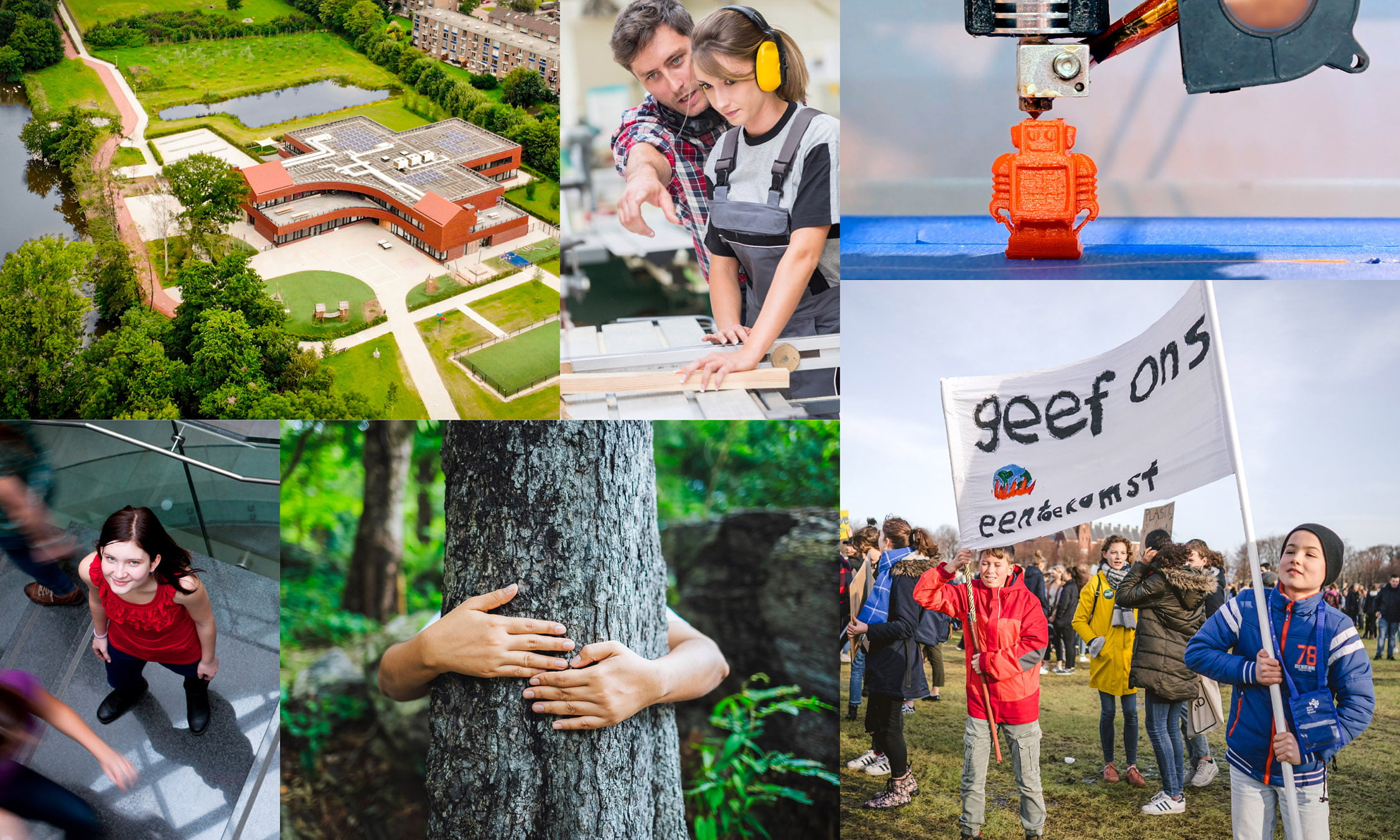
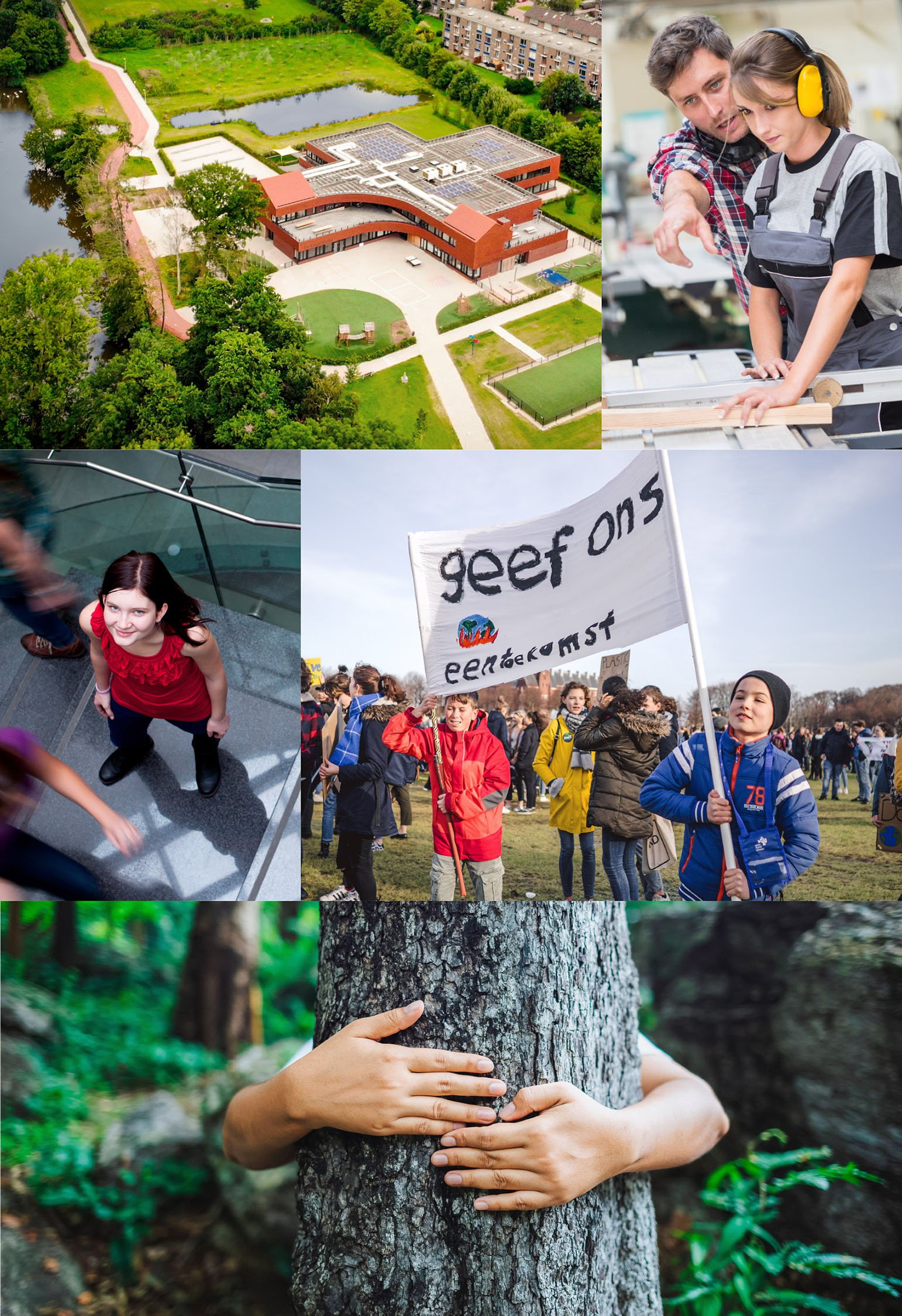
Vision
Why and to what end do we learn?
The heart of the Whole School Approach to sustainability is about vision and focuses on the question of what we want to achieve with our education. The vision is about the responsibility of the school towards young people and their development as human beings, citizens and professionals; towards society as a collective; and towards our surrounding ecologies.
Start by assembling a broad group of students, staff and other stakeholders such as parents or businesses. Together, try to set an ambitious goal to give substance to the future of the school; an ambition that can only be realized if you work together. Such a vision inspires and provides a basis for giving substance to education for sustainable development (ESD).
It is important to regularly stop and consider this vision as you proceed to think about the various aspects of your education. Sustainability issues are complex and in our rapidly changing world new knowledge and insights are constantly emerging. A learning school is able to keep its vision alive and adjust if necessary.
Questions to discuss with each other
- What do we find important when we talk about a sustainable society?
- What contribution do we want to make with our education to the transition towards a sustainable society?
- What concrete goals are we setting ourselves to realize our vision? And on what terms?
- How do we involve our pupils, students and other stakeholders in creating our vision?
- How do we ensure a living vision, in which we, together with young people and other stakeholders, regularly reflect on our goals and ambitions?
Keywords
- UN Sustainable Development Goals (SDGs)
- Everyone thinks and participates in creating the vision
- The vision motivates, inspires and connects
- Impact on young people and their development
- Impact on a sustainable society and planet
Curriculum
What do we teach?
Sustainability issues are complex and interrelated. In order to find solutions, we need to look at them from an integrated and interdisciplinary perspective. Therefore, education for sustainable development (ESD) should be reflected throughout the curriculum.
The main question is: what learning content do we as a team consider important, based on our common vision? What knowledge and skills do we consider important? And, what do young people themselves want to learn? What is meaningful to them and how do knowledge and skills fit into their worldview? Answering these questions helps integrate ESD into the curriculum.
Questions to discuss with each other
- What sustainability themes do we think important and which are already structurally addressed in our curriculum?
- What do young people themselves want to learn about sustainability?
- How can we promote interdisciplinary cooperation?
- How can we ensure that we always make a connection to the experiences and the the perception of young people?
- Are there current issues within the school or regional issues that can be connected to the curriculum?
Keywords
- Sustainable Development Goals (SDGs)
- Interdisciplinary and coherence
- Collaboration with regional stakeholders
- Meaningful
- Flexible and topical issues
Pedagogy & didactics
How do we learn?
Pupils, students and educators feel challenged by the 21st century. In these times of accelerating change, it is important to discuss how we view sustainability issues and the significance of education for sustainable development (ESD), both as individuals and as a collective. What pedagogical approaches and didactics make us feel empowered and engaged?
Pedagogy is about your own attitude as a teacher and about how to be the change you and your team want to see in the world. In the light of sustainability issues, it is also about how to approach pupils and students in an attentive, active, connected and curious way.
Didactics refer to ways of teaching. Which teaching methods do you use and how do you create a learning environment in which students can explore what they consider important and practice how to take action for a sustainable world? How young people can be brought into contact with the Sustainable Development Goals (SDGs) in a positive way and learn how to be active citizens and professionals?
Questions to discuss with each other
- What concerns young people and how do we develop sensitivity to their worries and hopes?
- How do we help our pupils and students to discover what is going on in the world?
- How do we create a learning environment where young people can respond to what is going on in the world?
- How do we stimulate the creativity, entrepreneurship and talents of young people?
- What pedagogical attitude does it take as teachers and as a team to facilitate this kind of education?
Keywords
- Attention, empathy, engagement
- Experiential teaching methods
- Curiosity, creativity
- Active, entrepreneurial, innovative
- Open and learning leadership
Building management & operations
Where do we learn?
Alignment between the teams’ vision for education for sustainable development (ESD) and school operations is important for ethical reasons. If sustainability is regarded as something important, it has to be visible in the school. Do pupils and students experience that sustainable thought and action matter? Sustainable operations can be achieved through a number of different strategies, including (but not limited to) renewable energy, recycling bins, a healthy, sustainable cafeteria, a repair shop and in green classrooms and plazas with lots of plants. All of these strategies can contribute to creating a school that breathes sustainability.
Through policy and operations, schools demonstrate the values they strive for. Think of facilitating sustainable transportation, green ICT, circular construction or renovation and the use of sustainability criteria when contracting policies for energy, purchasing or cleaning.
Pupils and students can contribute to integrating sustainability in the DNA of the school. In connecting specific challenges of the school organization with the curriculum, young people can investigate, advise on and realize actions that promote sustainability.
In addition to these examples, schools should also pay attention to the social aspects of sustainability. After all, the sustainable development goals (SDGs) are also about participation, equality, inclusion and dealing with diversity.
Questions to discuss with each other
- What sustainability challenges are already tackled by our school?
- How do we communicate what we are doing to pupils and students, to (new) colleagues and to visitors?
- What opportunities are there for our pupils and students to learn from and to contribute to sustainable school operations?
- How do we give voice to the ambitions and wishes of pupils and students with regard to making the school and its surroundings more sustainable?
- Are ecological and social costs taken into account in making financial decisions and how do we communicate these decisions in an open and transparent way?
Keywords
- Sustainability visible, tangible and recognizable, for example with the help of the SDG icons
- Actively involving young people in the implementation of sustainability in school operations
- Inspiring learning environment
- Embedding the vision in all processes supporting education
- Housing and real estate, maintenance and management
Professional development
Who do we learn from?
In addition to questions of what, how and where young people learn, there is also the question of what we ourselves, as educational leaders, need to learn. Professional development focuses on all staff members in the school, ranging from janitors to teachers and from policy makers to the principal.
As a teacher, you can brush up your knowledge and skills for sustainable development. But it is also important to discuss the issue with your coworkers: what can you learn from one another, which of your colleagues is interested in sustainability and what knowledge and skills do you as an individual and as a team lack or need?
Putting these questions on the agenda as a team, and including education for sustainable development (ESD) as a theme during study days regularly promotes professional development. Visiting regional entrepreneurs or organizations that are actively working on sustainability can be very inspiring. Furthermore, there are numerous networks, webinars and online lectures nowadays in which you can participate, individually or as a team.
Finally, the Human Resources department also plays a role in further training. Learning to think and act sustainably does not only require knowledge of sustainability issues. It also requires teacher competencies such as network building, systems thinking and developing new didactical skills.
Questions to discuss with each other
- What knowledge, skills and talents for ESD do we already have?
- How can we strengthen each other in our understanding of sustainable development?
- Are we up to date with sustainable developments in our fields/subjects?
- How do we as a team discuss topical issues related to the SDGs and their impact on our education?
- How do we structurally organize the time as a team to discuss sustainable development and ESD?
Keywords
- Individual and collective reflection
- Further training and education
- Inspiring and competent team
- HRM
- Keeping ESD on the agenda
School environment
Who do we learn with?
Ever more people, including entrepreneurs and governments, are working on sustainable development. Everyone knows why this is important, yet for everyone it is also a learning process how to realize the transition from an unsustainable to a sustainable world. In strengthening their connection to the challenges in the region, schools can play a major role in this process as learning is their core business.
Pupils and students learn with regional partners how they can make a difference.
A network of people, organizations and companies with passion and expertise in the field of sustainability is formed around the school. These partners can be parents, local residents, community organizations, local entrepreneurs and/or the municipality. The environment can also call on the school to allow young people to help solve sustainability issues.
But not only the social environment around the school provides opportunities for education for sustainable development (ESD). It is also the physical landscape and the interaction with the space and the place where we are that creates opportunities for meaningful learning.
An environment evokes sensory experiences - comfort or resistance, possibilities or limitations. Observing and feeling these experiences can lead to greater connectedness and thus, perhaps, to a willingness to care more for the world around us.
Questions to discuss with each other
- What does our network look like and how can we involve partners into learning for sustainable development?
- What do we and our pupils and students have to offer partners and vice versa?
- How as a school can we assure we are easily approachable for companies and organizations in the region?
- Do we structurally offer young people the opportunity to contact partners and to work together on regional sustainability issues?
- Do we structurally offer young people the possibility to connect with nature and the environment?
Keywords
- Think globally, act locally: how does our action here and now influence the world elsewhere and the world after us
- Network with various partners for the SDGs
- Meaningful, exploratory learning
- Finding solutions for sustainable issues together
- Going outside, connecting to the local social and ecological landscape
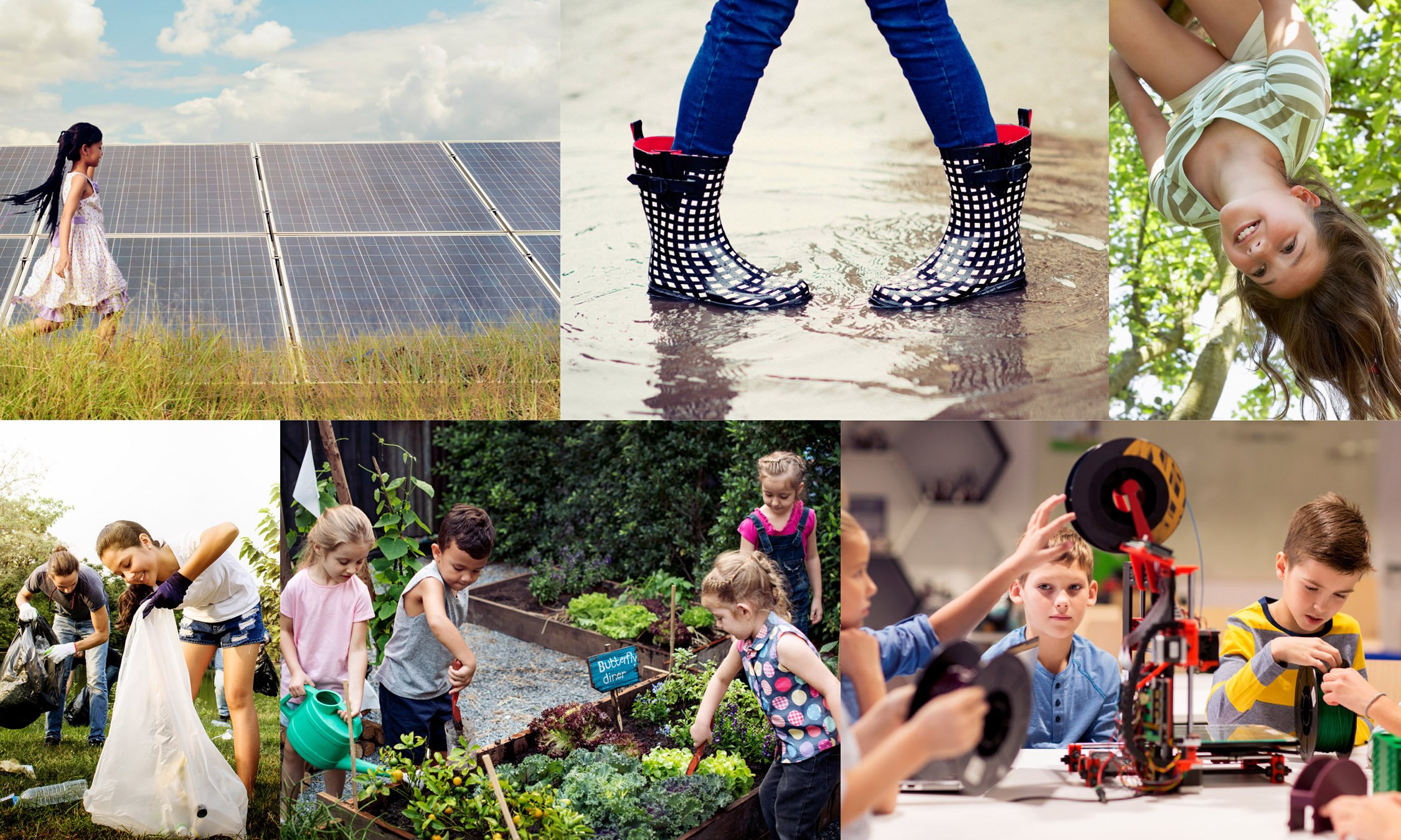
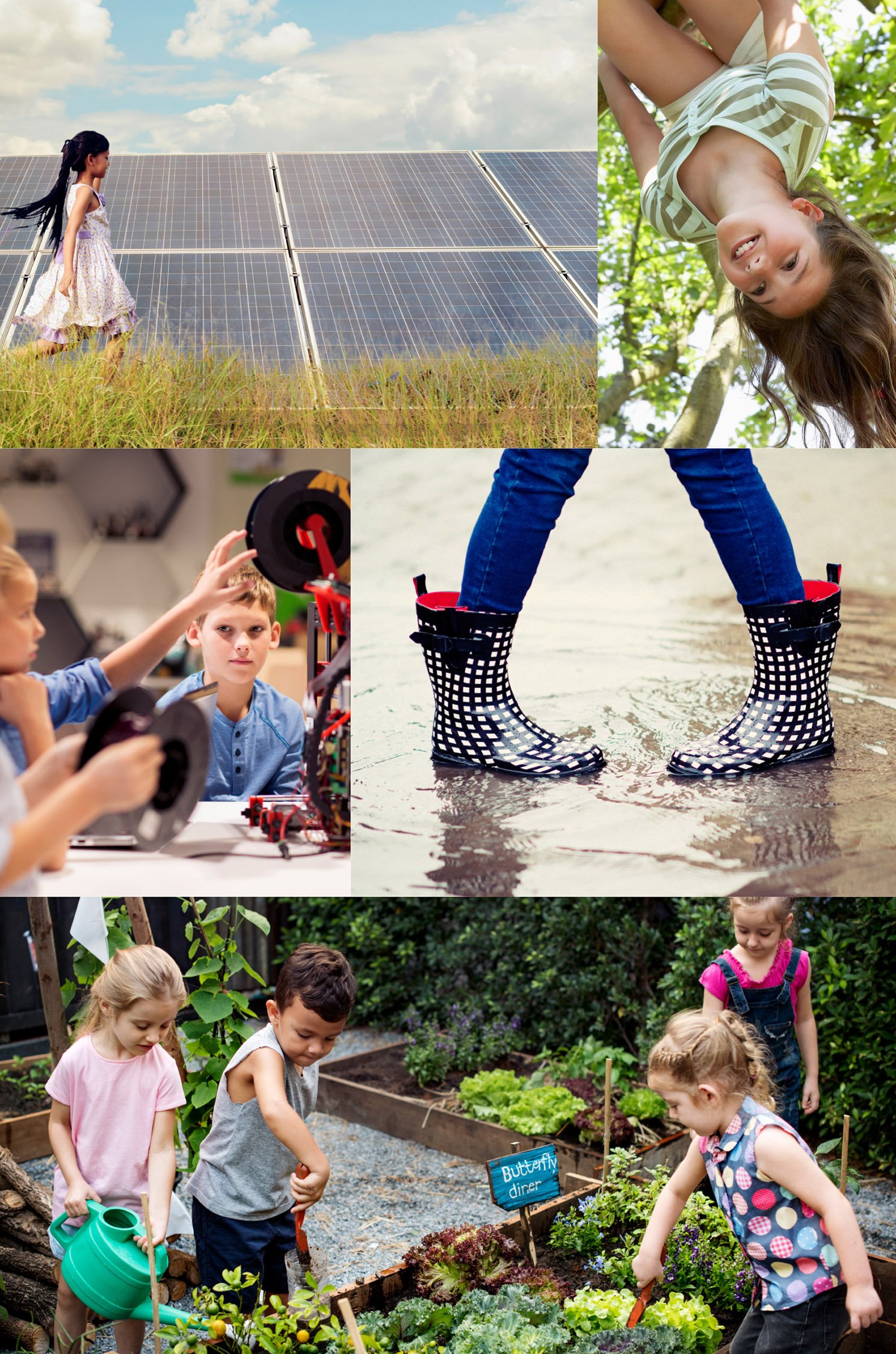
Afterword
We are at the start of a decade of transformation. A decade in which we, as a global community, have agreed to get to work on the Sustainable Development Goals (SDGs).
Luckily, an increasing number of people share a sense of urgency to do this work; not least in education. As target 4.7 of SDG4 (Quality Education) states:
"By 2030, ensure that all learners acquire the knowledge and skills needed to promote sustainable development, including, among others, through education for sustainable development and sustainable lifestyles, human rights, gender equality, promotion of a culture of peace and non-violence, global citizenship and appreciation of cultural diversity and of culture’s contribution to sustainable development." sdgs.un.org/goals/goal4
We will not achieve such a grand goal if sustainable education is approached exclusively as a knowledge domain for specific challenges around, for example, energy, raw materials, climate or food. Sustainable education focuses much more broadly on developing the knowledge, skills, attitudes and values needed to create a sustainable future.
The quote below from Arjen Wals, professor of Transformative Learning for Social-Environmental Sustainability (WUR), illustrates how sustainability can serve as a catalyst for innovation in education:
"Sustainability in education does not mean one more book on the already full shelf. In fact, sustainability should be a catalyst for educational innovation that leads to good teaching and enables pupils and students to live happily within responsible ecological, economic, ethical and social boundaries. The task is to create a school climate where sustainability is in the genes, that is; where sustainability is the 'default' (normal value) rather than unsustainability, as is often the case today" (Wals, during a presentation in 2020).
Since the launch of the Global Action Plan for Education for Sustainable Development (ESD) by UNESCO, and in the new 'ESD for 2030' action plan, a school-wide, integrated approach has been recommended internationally for this purpose: a whole school approach for sustainable development. For some years now, the WSA has been receiving more attention in the Netherlands, partly as a result of the NRO study The whole school through a green lens (2019), in which several schools participated.
Many organizations and initiatives in the Netherlands are now making use of the WSA. However, until recently, it was still lacking a shared vocabulary, a common objective and practical tools to serve schools to its full potential.
For this reason, the cooperation Leren voor Morgen in 2019 decided to develop the WSA as a practical instrument to help schools embed principles of sustainability (or the SDGs) in education in a systemic way.
A project group was formed with the aim to establish a shared vocabulary around the WSA and to work on a strategy to strengthen and accelerate the movement for sustainable education. The project group consisted of Floor Coonen and Jan Willem Goes (DesignWeek@School), Anne Remmerswaal and Anna Vanderveen (SME), André de Hamer and Gerben de Vries (Duurzame PABO), John Steijns (CNME Maastricht and region) and Heleentje Swart (Circulair Friesland | SPARK the Movement). The project group was assisted by an active and involved board group, which consisted of Arjen Wals (WUR), Ellen Leussink (RVO), Tanja van Nes (PO-Raad), Dionne Zeldenrijk (VO-Raad), Marije van Koperen (RIVM/ Healthy School), Marieke Brugman (Dutch UNESCO Committee), Hilda Weges (INTREEGUE | SustainaBul), Anouk Viegen (CNME Maastricht and region) and Leo Bakker (Kennisnet).
This basic document has been prepared in collaboration with the above parties and with the utmost care. In this way, the authors hope to contribute to a framework that schools can build upon when integrating learning for sustainable development into all facets of education.
